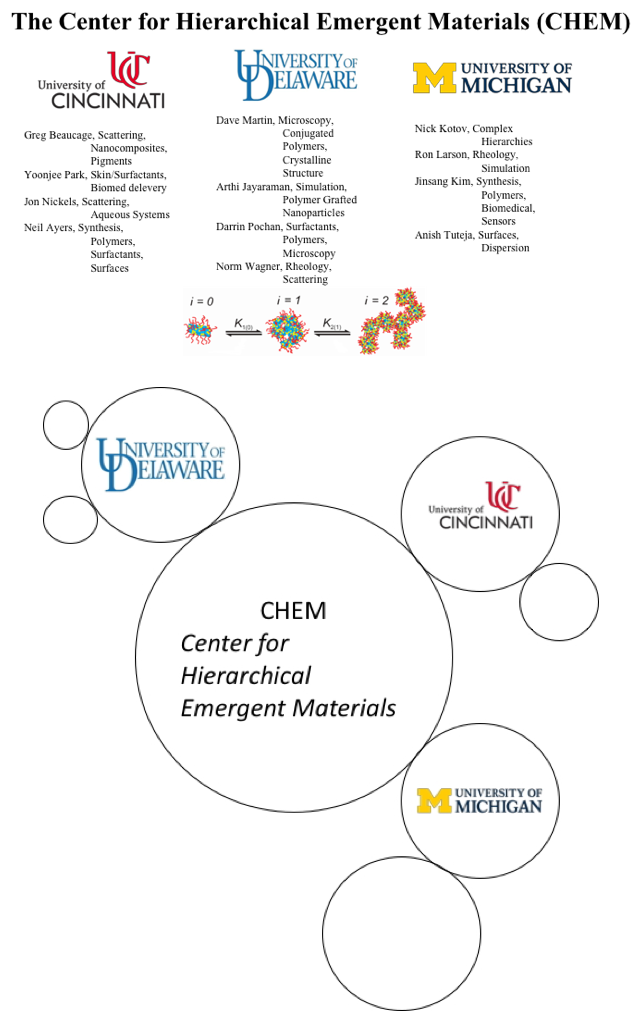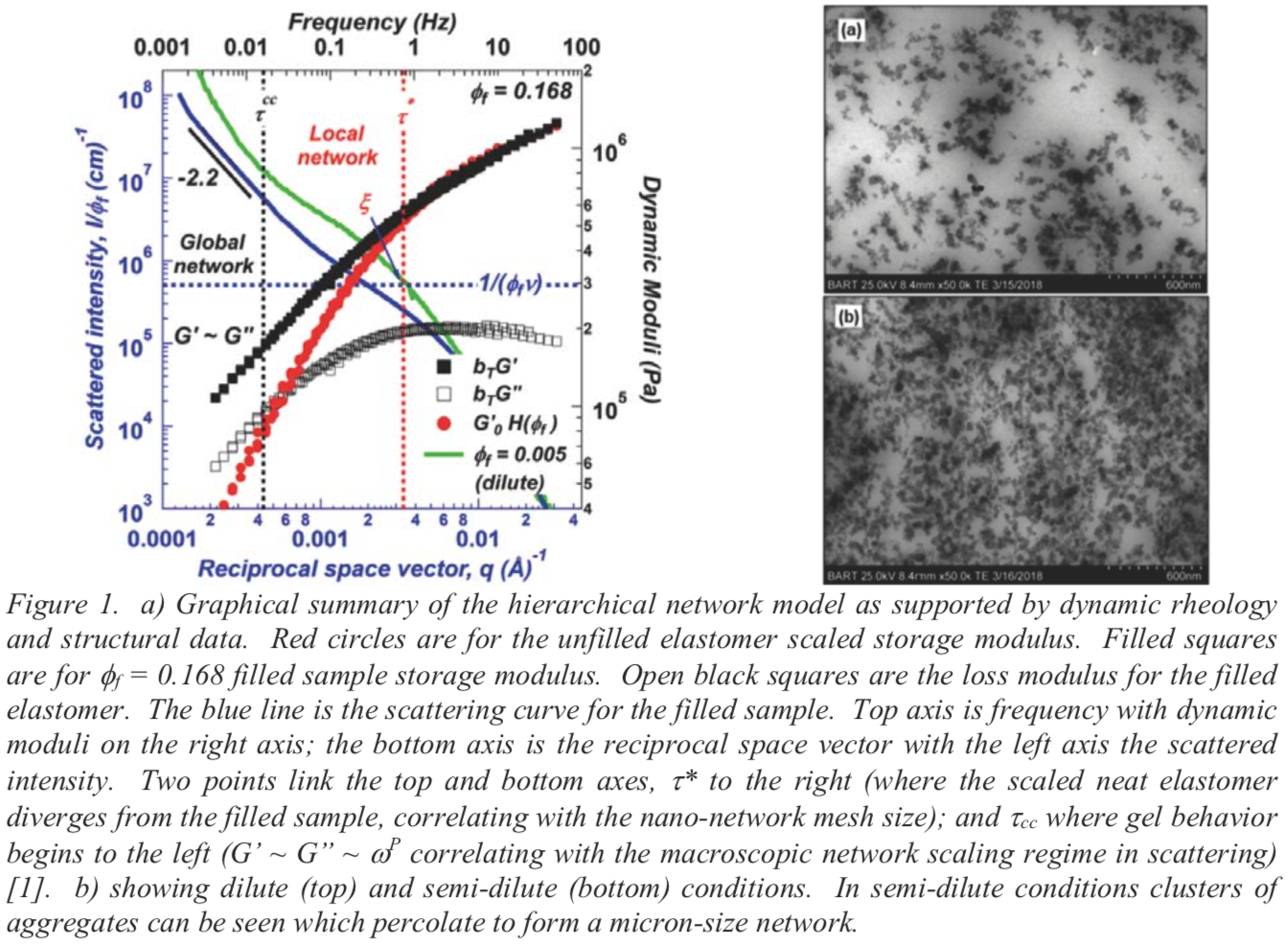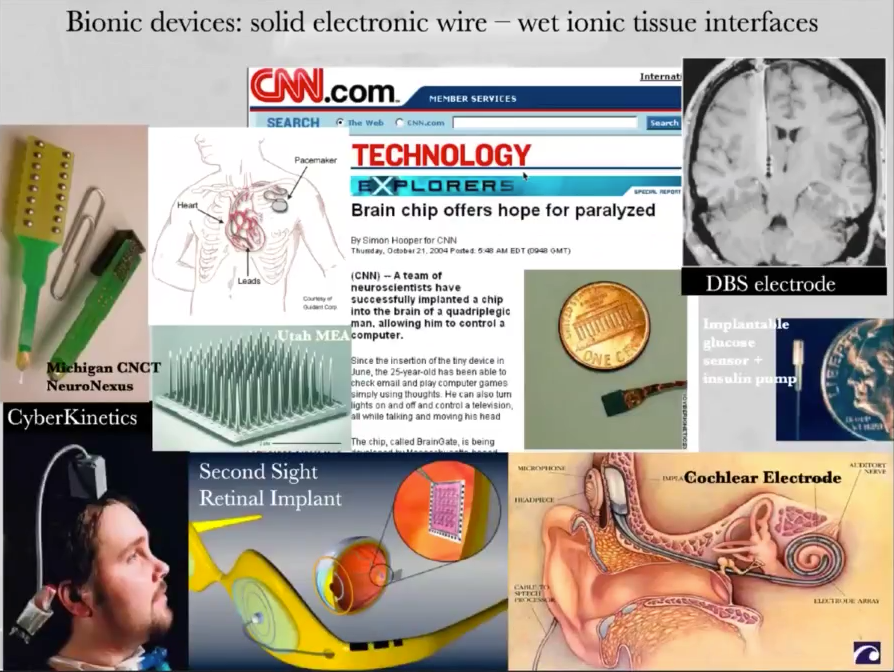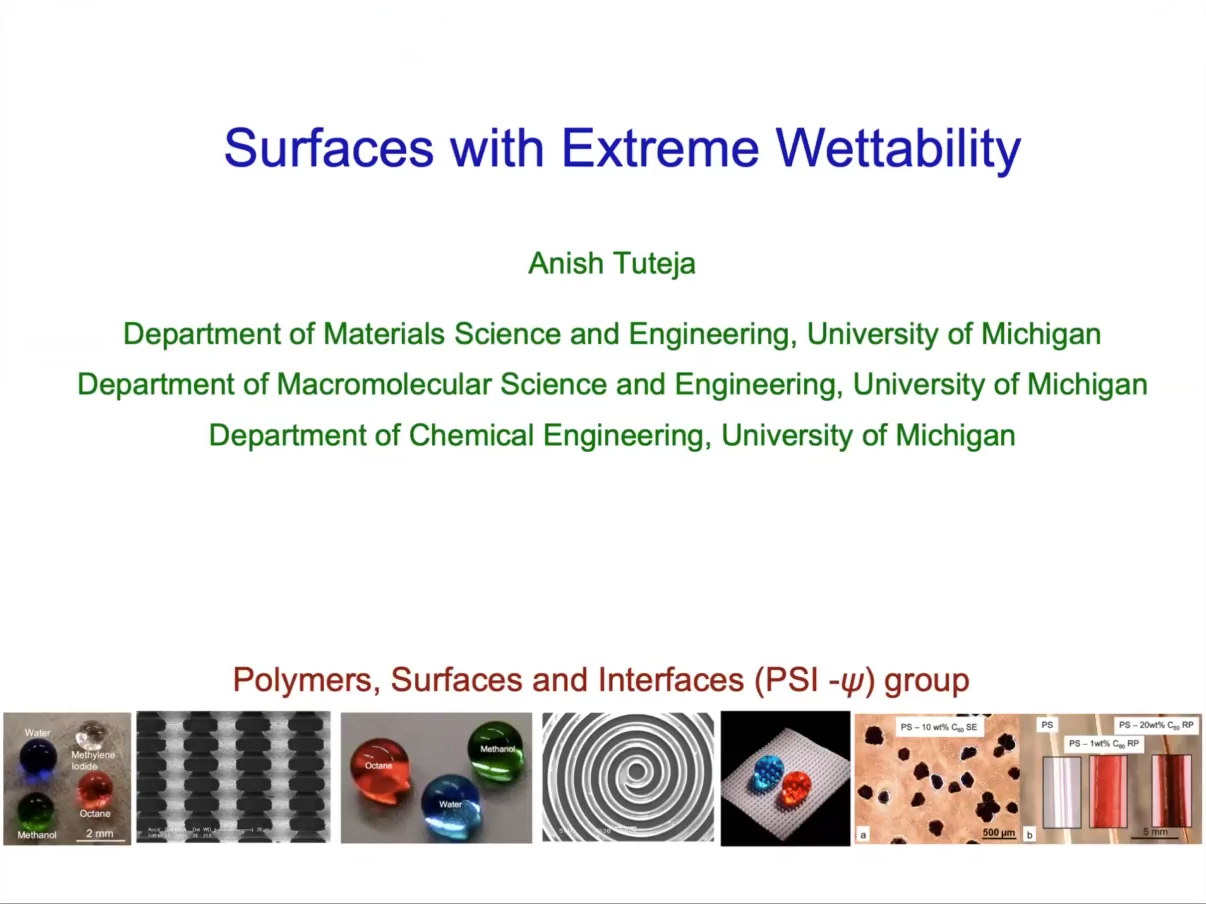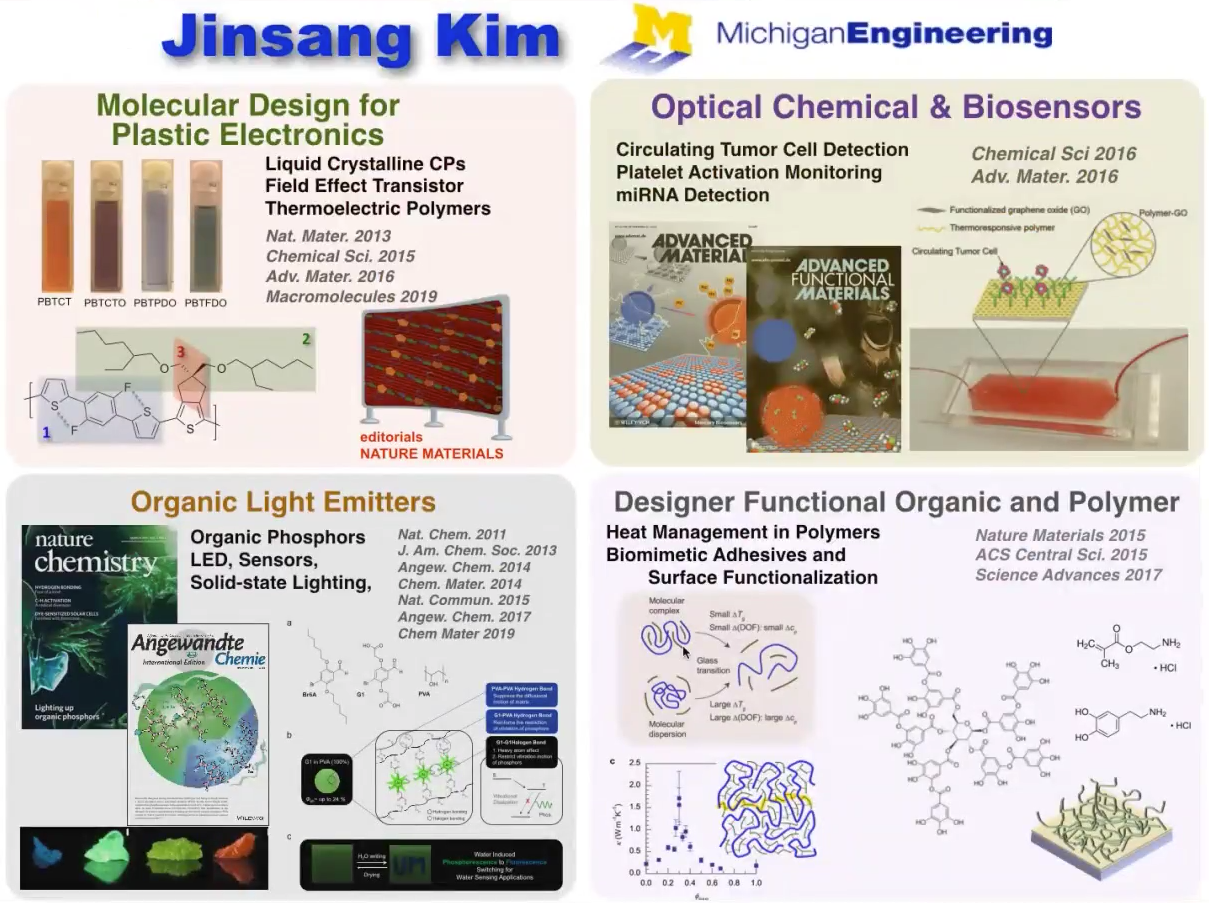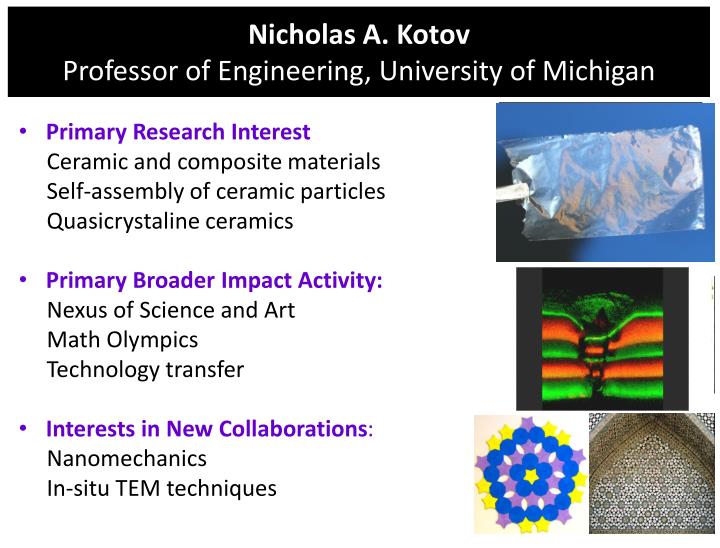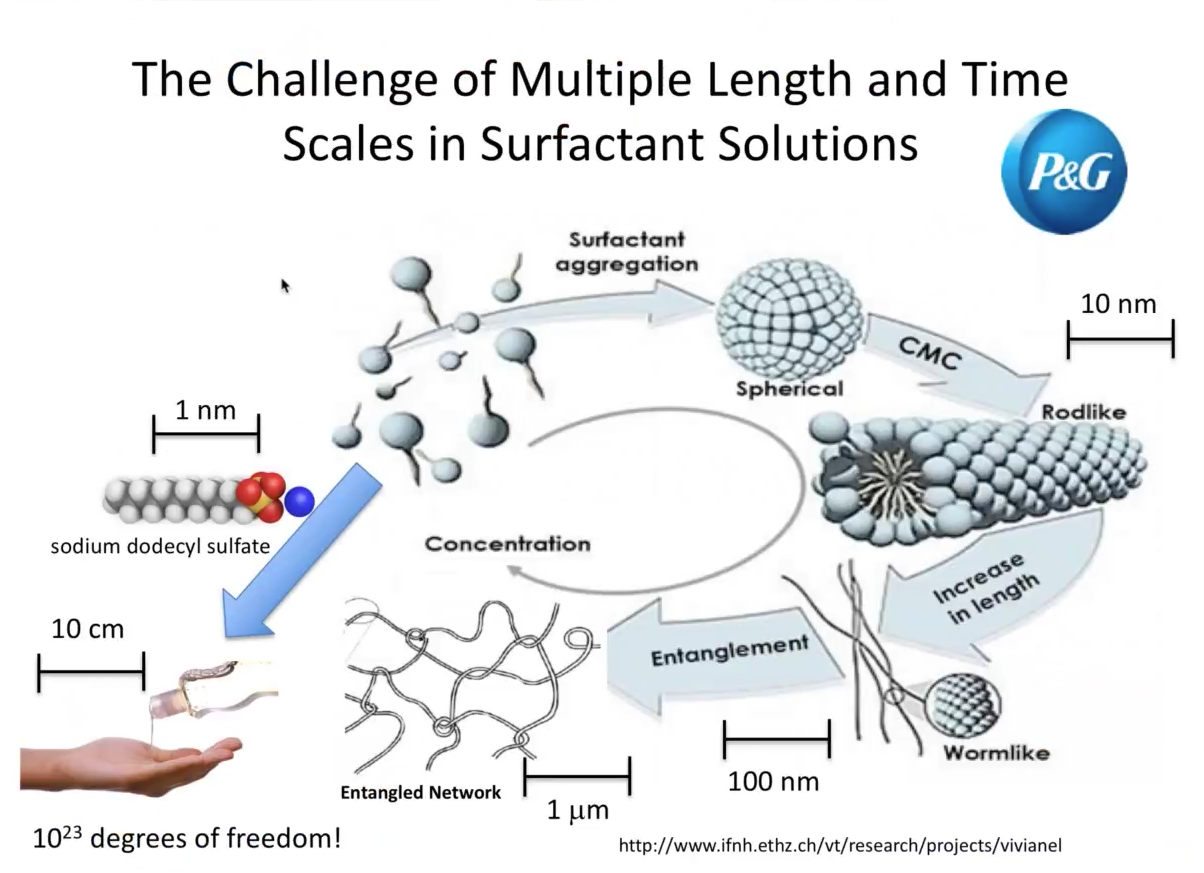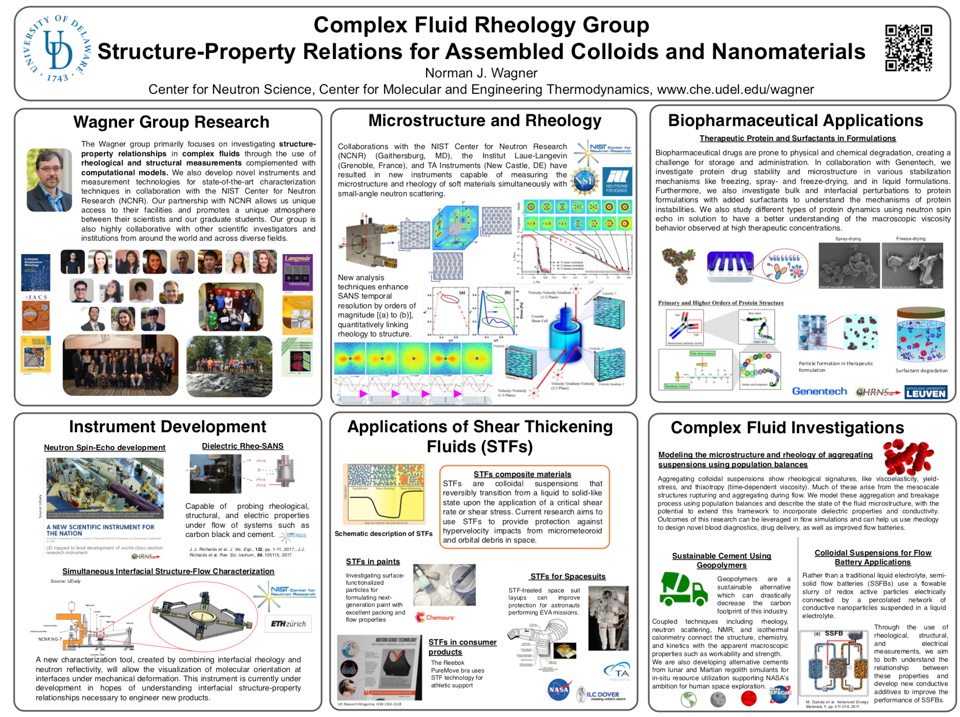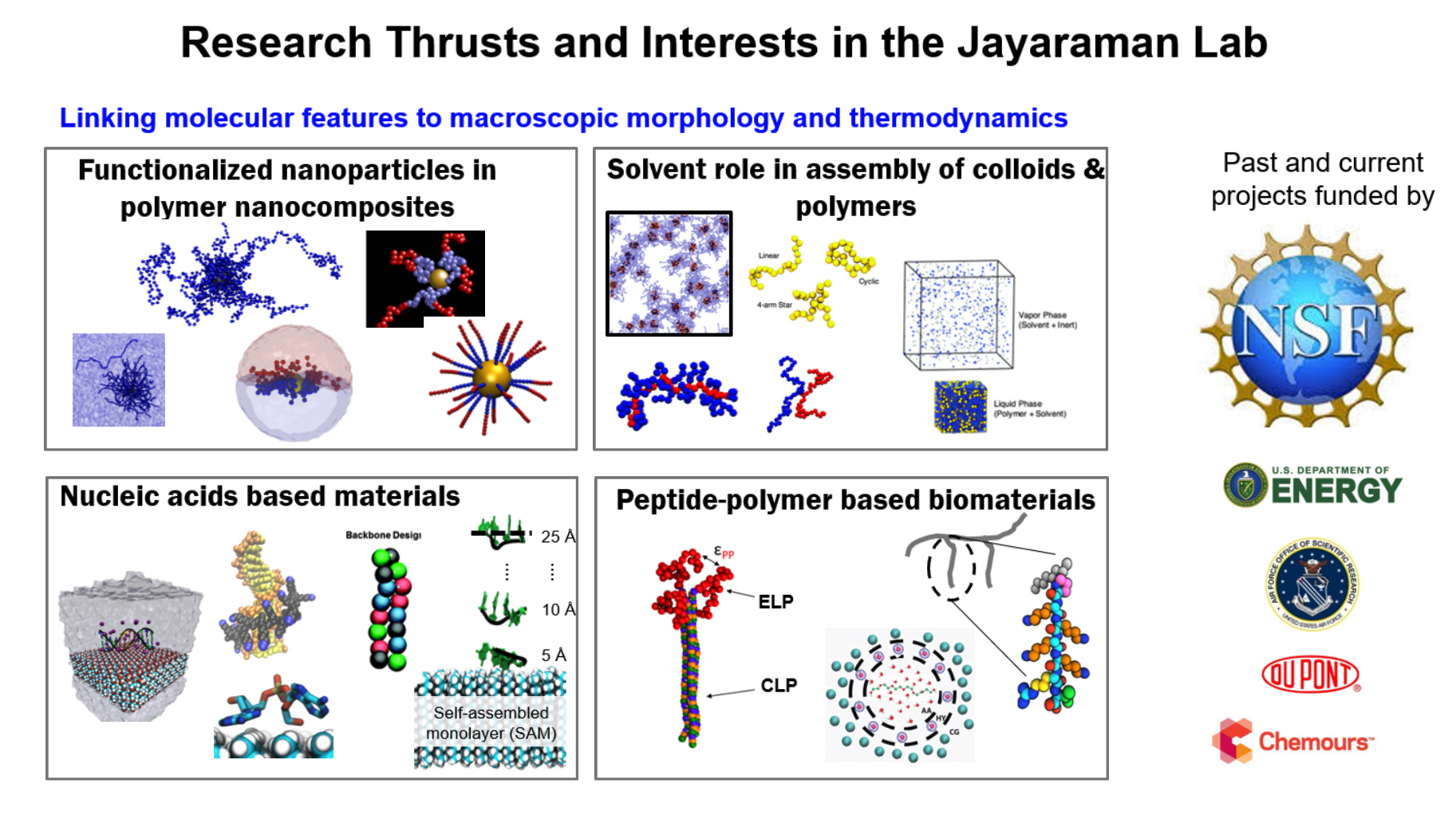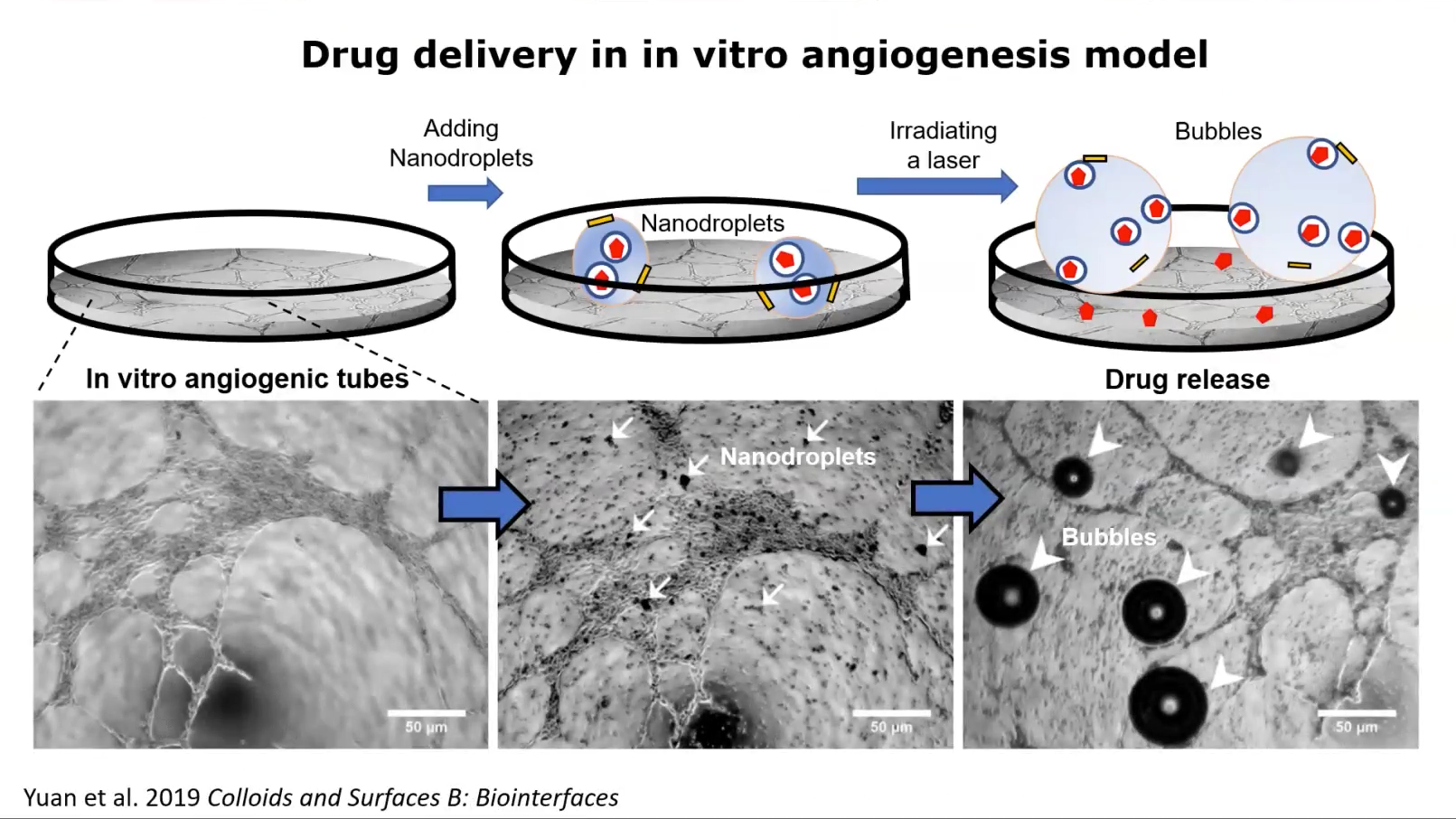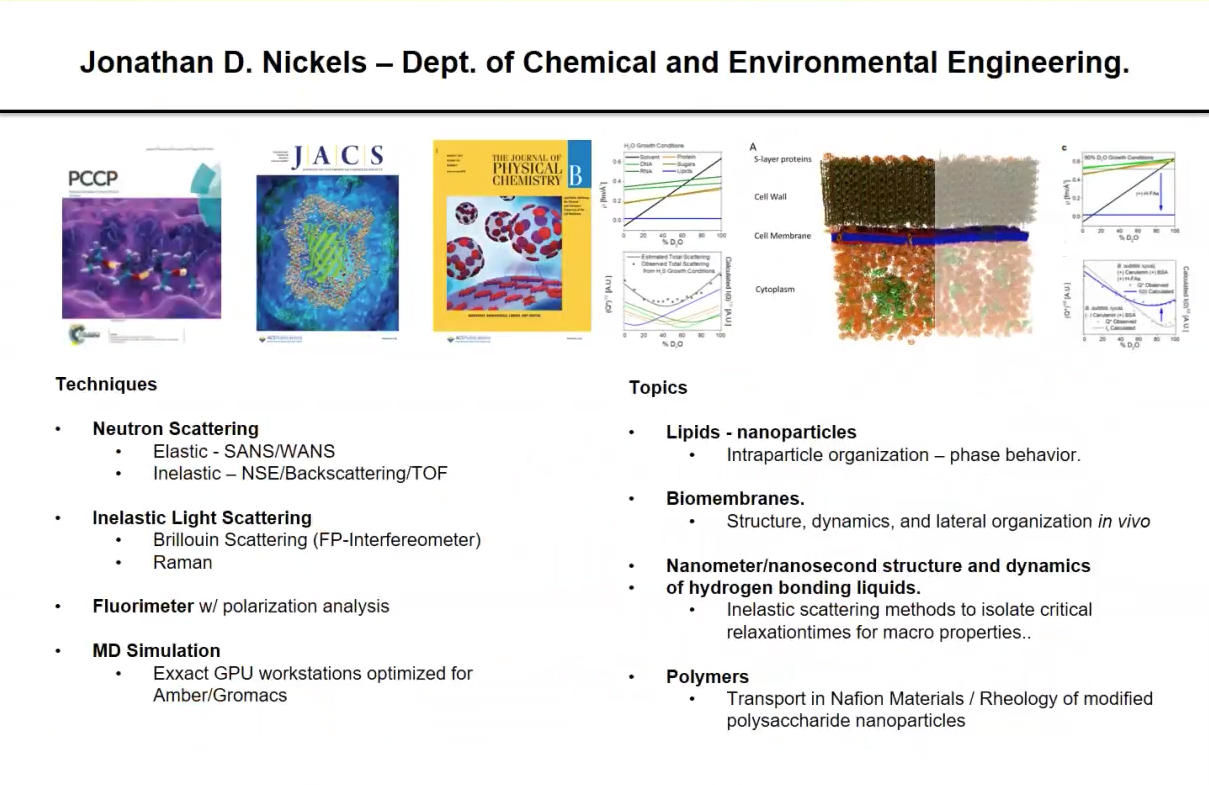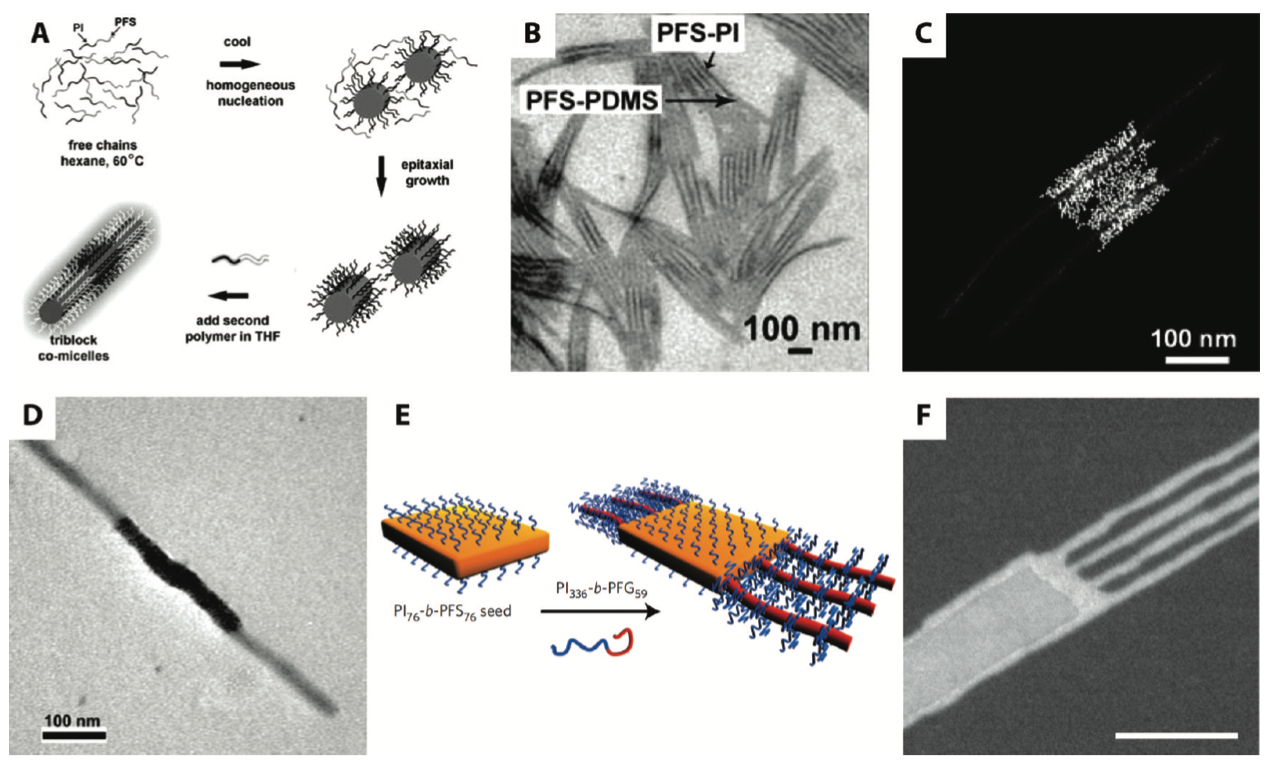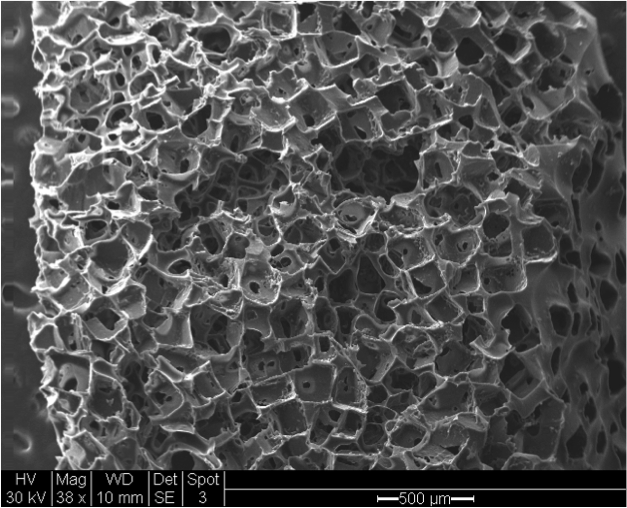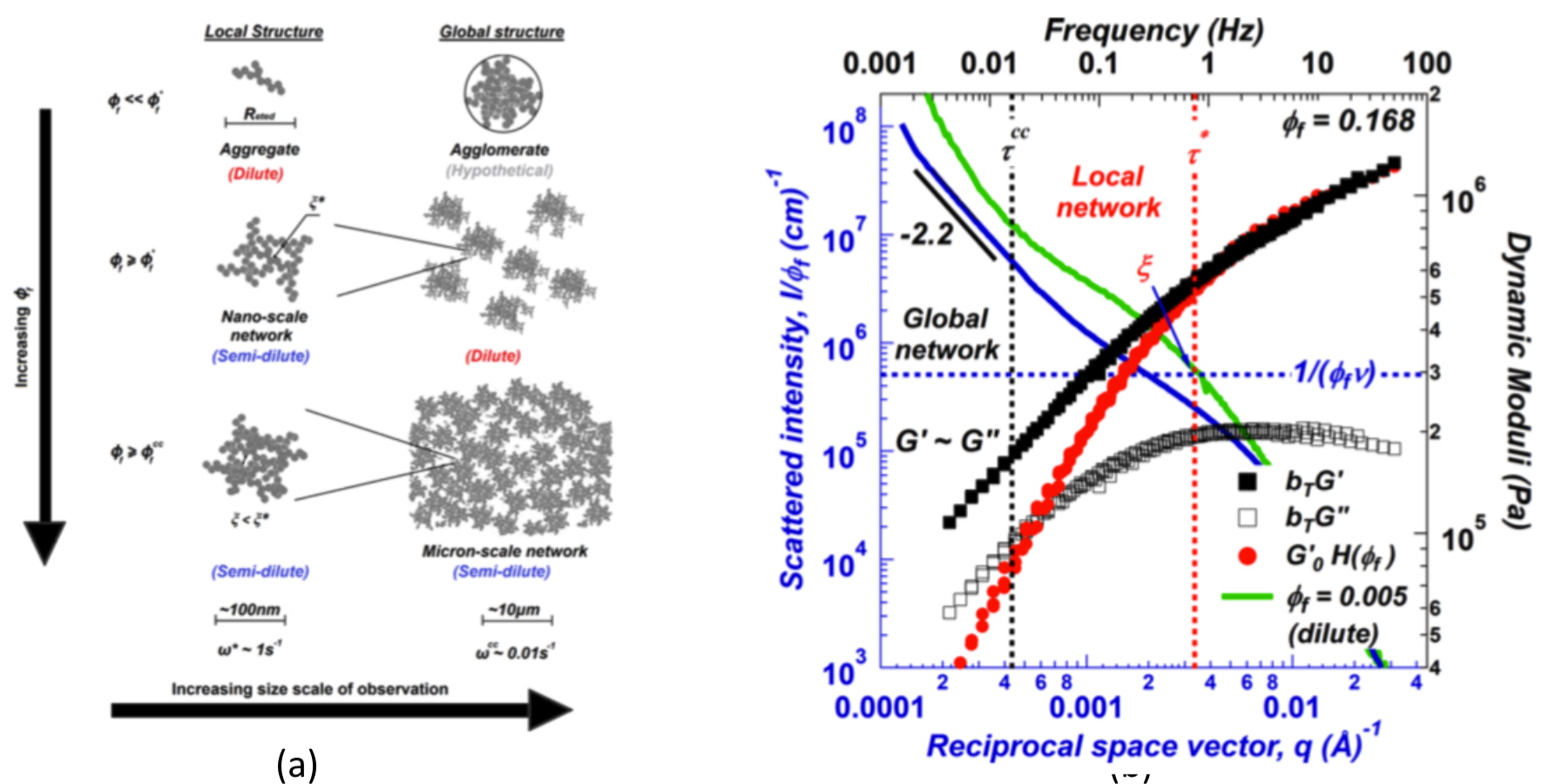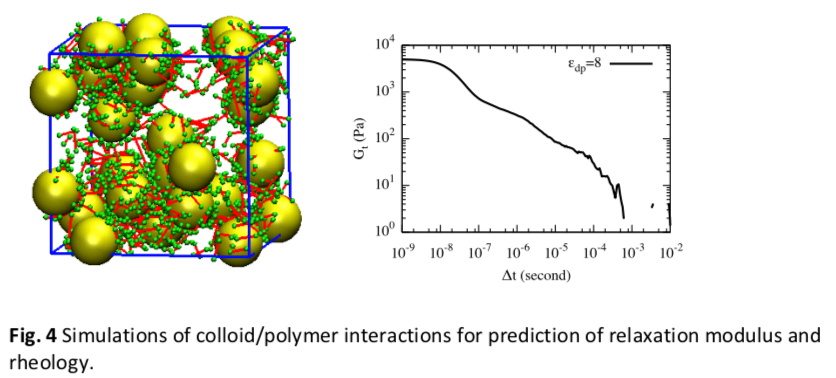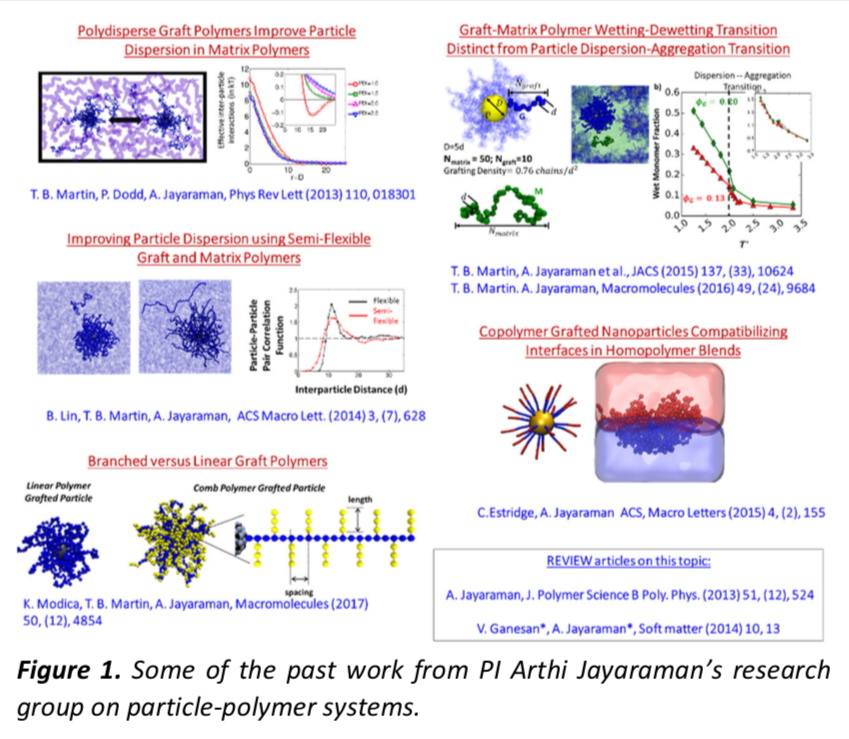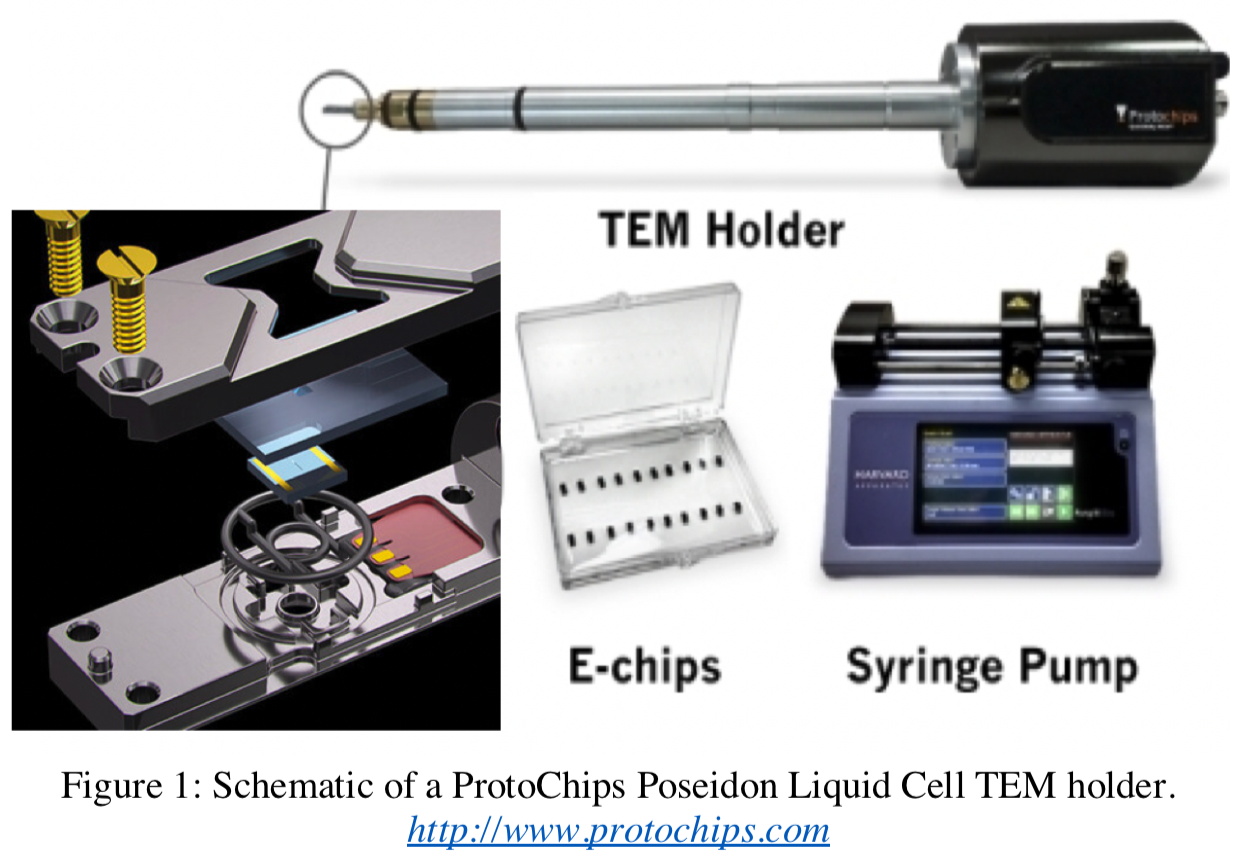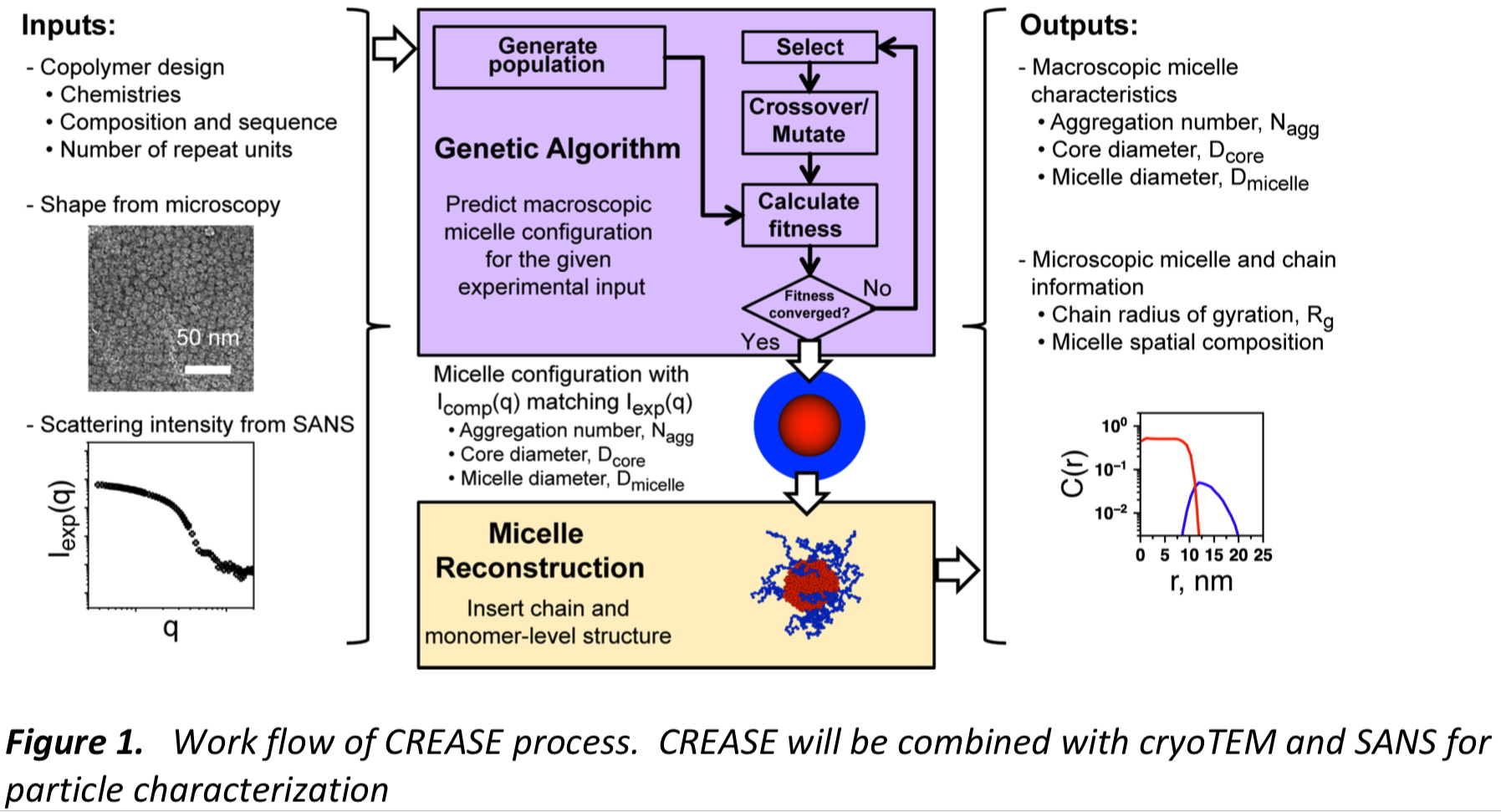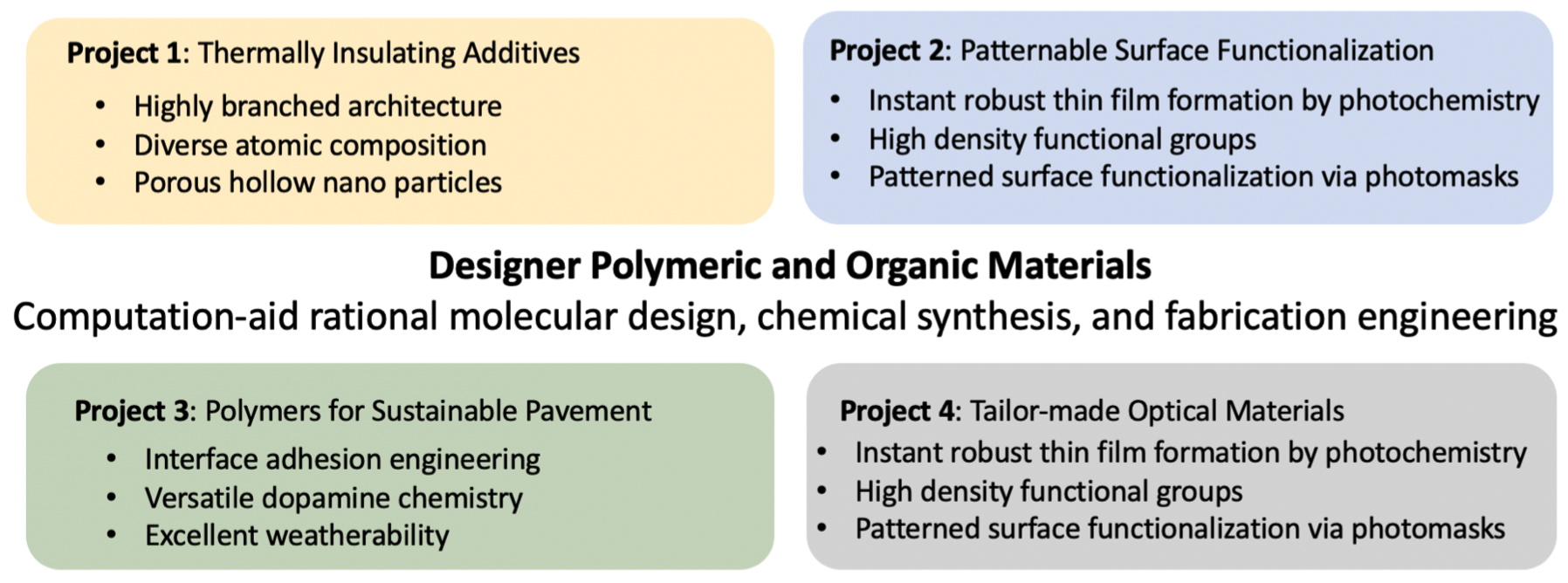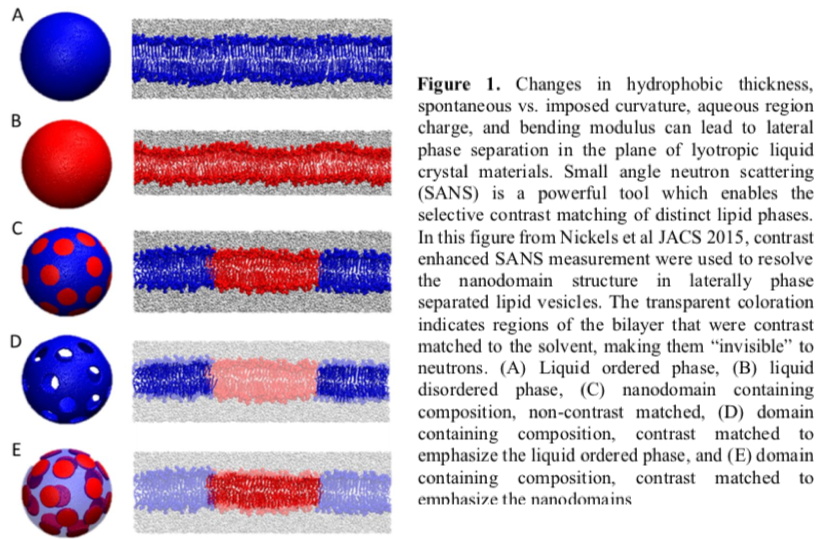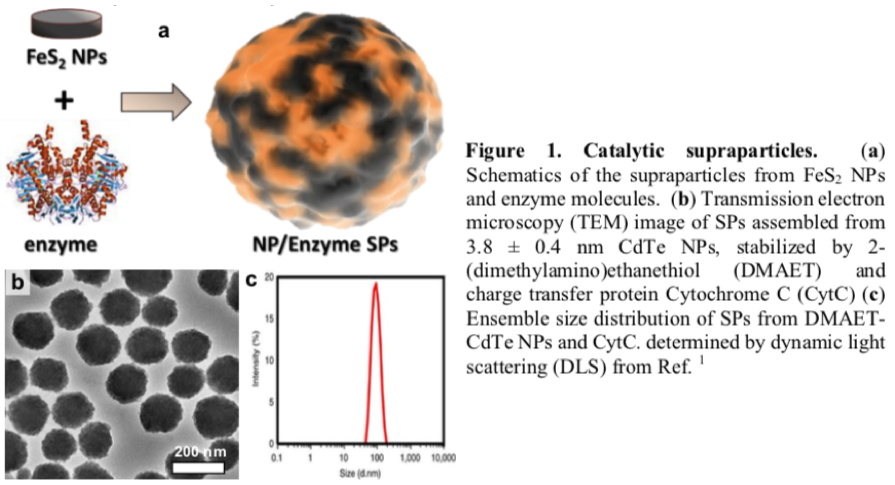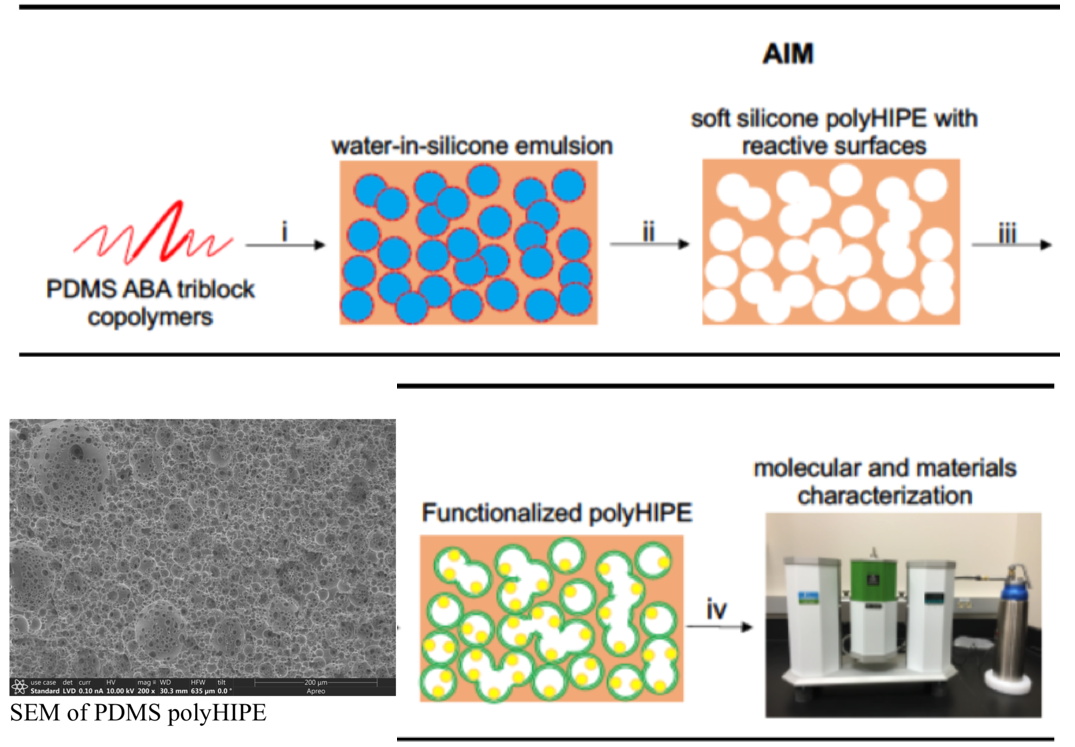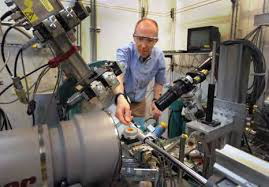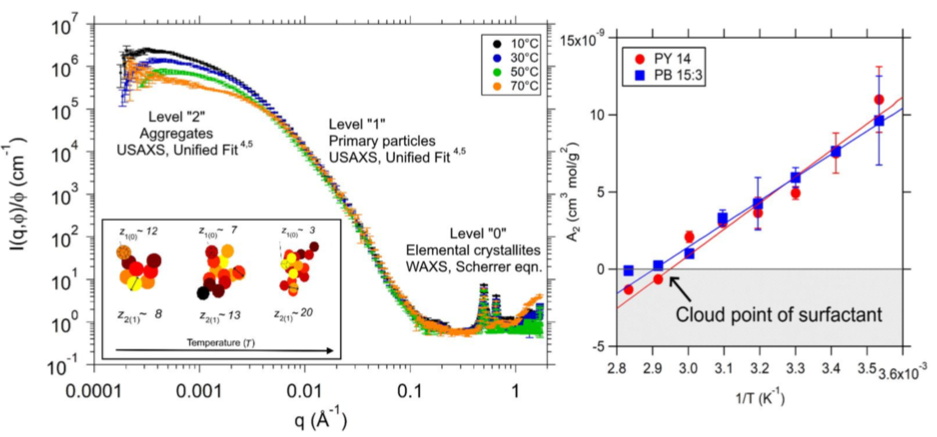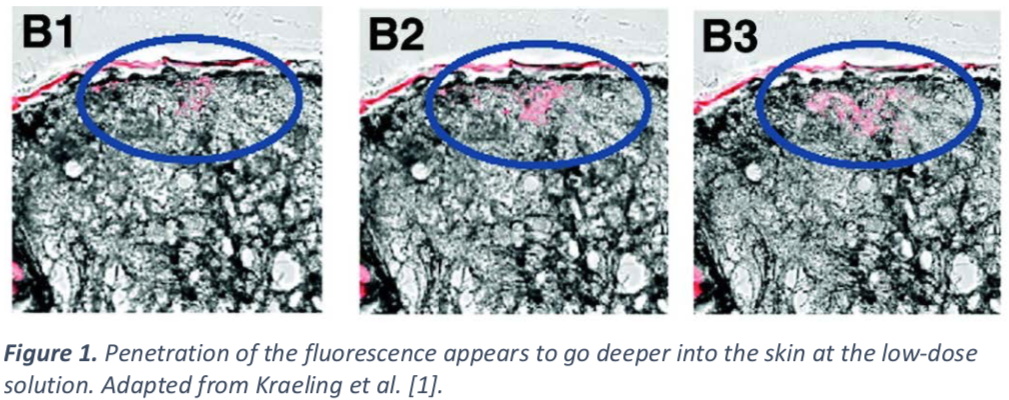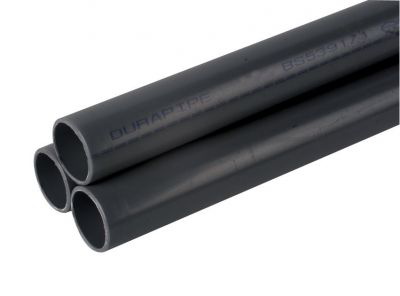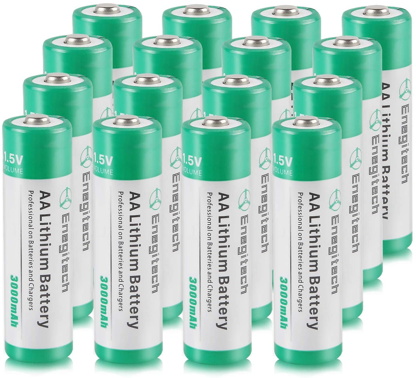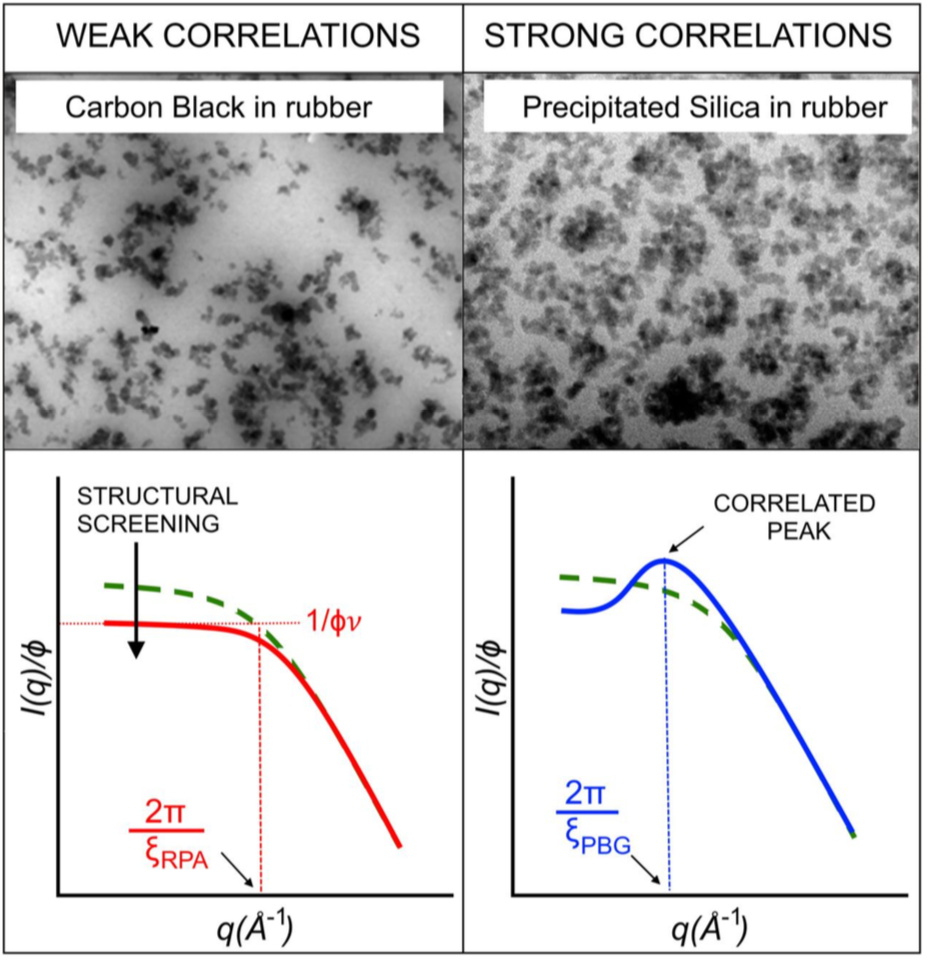Soft materials are multicomponent composites with a polymer or solvent base, for instance, paints, inks, reinforced elastomers, filled polymers, shampoo and body wash, detergents, gels, human tissue and tissue analogues, and some catalyst systems. Soft materials are often composed of nanomaterials that assemble in the presence of shear, aging, drying, and interactions during application to produce emergent colloidal and micron to macro-scale structure linked to optical, rheological, mechanical, electronic, chemical reactive properties. CHEM provides tools to industry to understand, design, model, simulate and create emergent soft materials.
CHEM seeks to understand, control and predict the assembly of multi-hierarchical materials of industrial relevance. Reinforced elastomers, paints, inks, biomaterials, surfactants, detergents and coacervates, semi-crystalline polymers, block copolymers, catalysts, filters, membranes, skin. Time dependence in processing/application, 4D.
Synergy: Dynamic and static properties understood for one field of application could be adapted to another field. Rheology simulation methods from polymers to detergents to paints.
Parallelism and Convergence: Similar solutions for different applications. Aggregate pigments and aggregate reinforcing fillers both rely on micron-scale networks in application.
